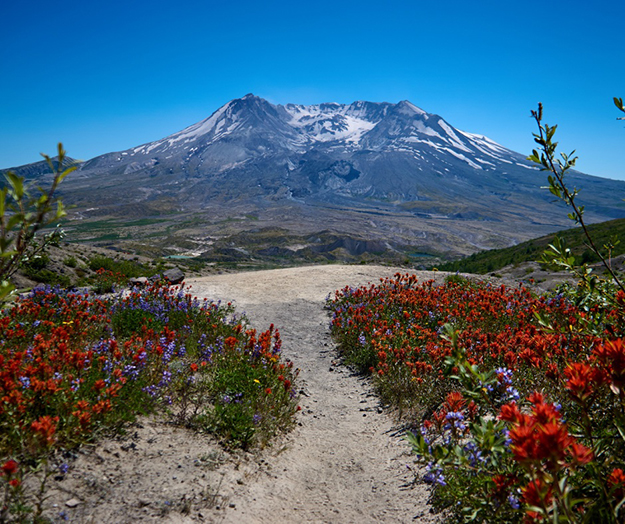Nestled in the heart of the Pacific Northwest's Cascade Range, Mount St. Helens stands as a testament to the awe-inspiring power of nature. The majestic volcano, famously known for its catastrophic eruption in 1980, has since become a symbol of resilience and natural beauty. Today, visitors from around the world flock to this iconic destination to witness the remarkable rebirth of a once-devastated landscape. In this article, we will explore the experience of visiting Mount St. Helens and uncover the rich history, breathtaking vistas, and thrilling adventures that await.
A journey through history
Before delving into the modern experience of visiting Mount St. Helens, it's essential to understand the historical significance of this geological wonder. On May 18, 1980, the mountain's violent eruption unleashed a cataclysmic event that changed the landscape forever. The eruption resulted in the loss of lives, the obliteration of forests, and the formation of a massive crater. This pivotal moment in natural history still shapes the area's allure today.
The visitor centers
As you embark on your Mount St. Helens adventure, a visit to one of the visitor centers is a perfect starting point. The Johnston Ridge Observatory offers an immersive experience with its breathtaking panoramic views of the volcano, interpretive exhibits, and informative ranger-led programs. The observatory is named in honor of David A. Johnston, a volcanologist who tragically lost his life during the eruption while manning an observation post.
Alternatively, the Mount St. Helens Visitor Center at Silver Lake provides a comprehensive overview of the region's natural and cultural history. You'll find captivating displays, films, and interactive exhibits that detail the events leading up to and following the eruption. It's an ideal place to gain a deep understanding of the geological forces at play.
Exploring the blast zone
The most captivating aspect of visiting Mount St. Helens is witnessing the transformation of the blast zone. The landscape, once marred by devastation, is now a remarkable testament to nature's resilience. Hiking enthusiasts can explore a network of trails that reveal the area's regrowth, with wildflowers, vibrant forests, and volcanic landscapes. The Ape Cave, formed by lava flows, offers an underground adventure for those seeking a unique experience.
Mount St. Helens National Volcanic Monument
Established in 1982, the Mount St. Helens National Volcanic Monument encompasses over 110,000 acres of diverse terrain. From pristine lakes like Coldwater Lake to the tranquil Spirit Lake, the monument offers an array of recreational opportunities. Fishing, boating, and camping enthusiasts will find plenty to do. Meanwhile, wildlife enthusiasts can spot elk, black bears, and the remarkable mountain goats that call the area home.
The Loowit Trail
For the adventurous souls, hiking the Loowit Trail is an unforgettable experience. This challenging 32-mile round trip encircles the entire volcano, providing unrivaled panoramic views and close encounters with the ever-changing landscape. While the trail is not for the faint of heart, it rewards hikers with a deep connection to the mountain's dramatic story.
A visit to Mount St. Helens is not just an opportunity to witness the aftermath of a catastrophic event; it's a chance to experience the beauty of nature's resilience and the power of geological forces. From the informative visitor centers to the awe-inspiring vistas and diverse recreational activities, Mount St. Helens offers a unique and captivating adventure for all who make the journey. Whether you're a history enthusiast, a nature lover, or an intrepid hiker, a visit to this iconic volcano will leave you with memories that will last a lifetime.





Read Comments